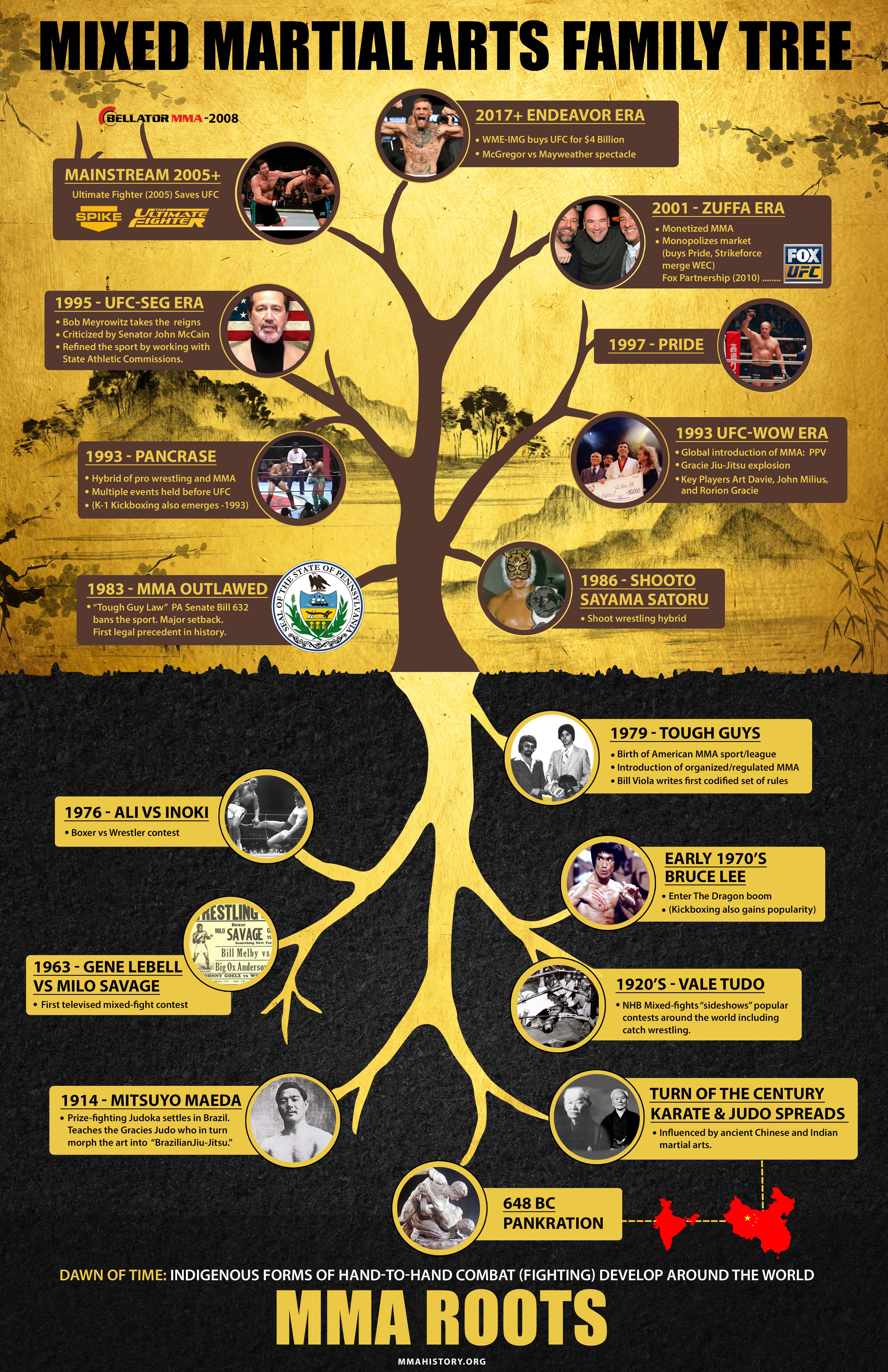Understanding The Basic Distinctions In Between Typical Martial Arts And Modern Combat Sports
Understanding The Basic Distinctions In Between Typical Martial Arts And Modern Combat Sports
Blog Article
Content By-Camp Hovgaard
When you think about martial arts, do you lean extra toward the standard practices or the modern battle sports? Each course offers one-of-a-kind benefits and experiences, shaped by their viewpoints and training methods. Typical martial arts highlight individual growth and self-control, while contemporary fight sports focus on competitors and performance. Understanding these distinctions can lead you in picking the appropriate strategy for your trip. However exactly how do these distinctions show up in training and viewpoint?
The Viewpoint and Background Behind Conventional Martial arts
While many people connect martial arts with physical fight, the philosophy and background behind standard martial arts run much deeper. You'll discover that these techniques emphasize personal growth, technique, and respect.
Stemming from old techniques, standard martial arts were commonly established for Self-Defense and spiritual advancement. They symbolize principles such as balance, consistency, and self-constraint, assisting experts past plain combating skills.
As you educate, you'll not only learn methods however additionally gain insights right into the culture and values that formed these arts. The routines and practices, usually given via generations, cultivate a sense of neighborhood and belonging.
The Competitive Nature of Modern Battle Sports
Modern combat sporting activities have transformed the landscape of martial arts right into an extremely competitive field, where athletes challenge in an examination of ability, approach, and endurance.
You'll discover that competitions are frequently organized with stringent regulations and laws, guaranteeing justice and security. These events attract large target markets, fueling the exhilaration and intensity of matchups.
Athletes educate rigorously, not just for physical expertise but likewise for psychological toughness, understanding that every detail counts in the ring. The adrenaline thrill throughout competitors is palpable, as competitors press their restrictions to assert success.
Fans value the athleticism and creativity entailed, making modern-day fight sporting activities a thrilling phenomenon that continues to progress and astound lovers around the world.
Training Approaches and Methods: A Comparative Evaluation
The competitive environment of modern-day fight sporting activities demands innovative training techniques that differ considerably from standard martial arts.
In not all students are accepted at martial arts studios , you'll concentrate on particular techniques, sparring, and conditioning, commonly utilizing drills that simulate actual battle scenarios. You'll see a focus on quantifiable performance and constant competitors to examine your abilities.
In contrast, standard martial arts prioritize kinds, katas, and philosophical mentors, frequently stressing technique and regard over competition.
Training is usually much less intense and might entail repetitive method rather than real-time sparring.
While both approaches build skill and fitness, modern battle sporting activities offer a more dynamic and adaptable training environment, preparing you for instant difficulties in the ring or cage.
Select https://www.nytimes.com/2022/10/17/books/ralph-macchio-waxing-on-karate-kid.html that straightens with your objectives and interests.
Verdict
In choosing between conventional martial arts and modern battle sporting activities, it truly comes down to what you value the majority of. If you're trying to find individual development, discipline, and a sense of neighborhood, conventional arts may be your ideal fit. However if you flourish on competitors and real-time obstacles, contemporary fight sporting activities could be the means to go. Eventually, both paths supply unique advantages, so it's everything about straightening your training with your personal objectives and interests.
